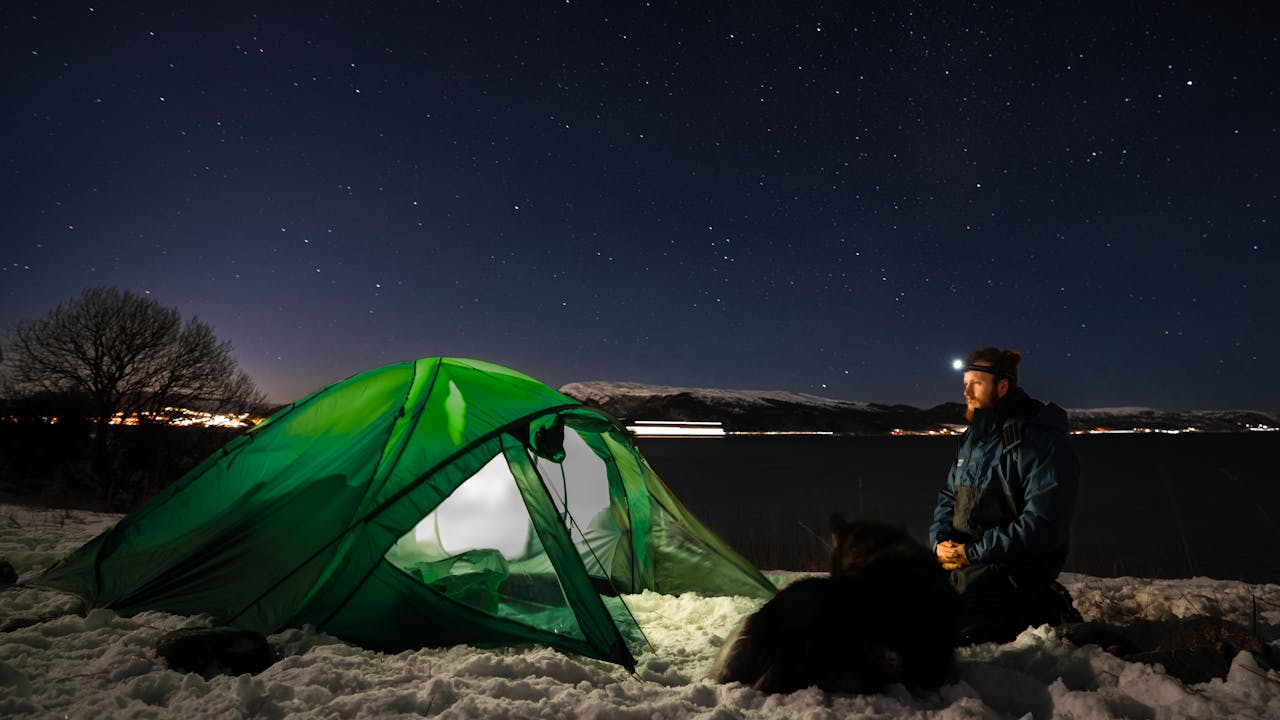
Essential Gear for Winter Camping
When preparing for a winter camping trip, it is crucial to have the right gear to ensure your safety and comfort. Some essential items include a four-season tent, which is designed to withstand heavy snow and strong winds, and a sleeping bag rated for cold temperatures. A sleeping pad is also important, as it provides insulation from the cold ground. Additionally, pack plenty of warm clothing, including a waterproof and windproof jacket, insulated pants, base layers, gloves, and a hat. Don't forget to bring extra socks and boots suitable for snowy conditions.
Planning Your Winter Camping Menu
Food is fuel, and it's especially important to have nutritious and warming meals when camping in cold weather. Plan your menu ahead of time, focusing on high-calorie, non-perishable items that are easy to prepare. Consider bringing a portable stove and fuel for cooking, as well as a pot for melting snow for drinking water. Some great food options include instant oatmeal, dehydrated meals, energy bars, and hot cocoa mix. Remember to pack enough food for the duration of your trip, plus an extra day's worth in case of emergencies.
Survival Skills for Winter Camping
In addition to having the right gear and food, it's important to have some basic survival skills when winter camping. Before your trip, familiarize yourself with navigation techniques, such as using a map and compass, and bring a GPS device as a backup. Learn how to build a fire in snowy conditions, and pack waterproof matches or a lighter. It's also a good idea to have some basic first-aid knowledge and to pack a well-stocked first-aid kit. Consider taking a winter camping or survival course before your trip to gain additional skills and confidence.
Setting Up Camp in the Snow
When you arrive at your winter camping destination, choose a site that is protected from the wind and free of avalanche danger. Use your snowshoes or skis to pack down the snow where you plan to set up your tent. If possible, dig a snow pit for your tent, which will provide additional insulation and protection from the wind. Use your sleeping pad and sleeping bag to create a warm and comfortable sleeping area inside your tent. If you plan to build a campfire, choose a location that is safe and away from your tent, and use rocks or logs to create a windbreak.
Staying Safe and Warm on Your Winter Camping Trip
Once you have your camp set up, it's important to take steps to stay safe and warm throughout your trip. Dress in layers, and adjust your clothing as needed to regulate your body temperature. Stay hydrated by drinking plenty of water, and avoid alcohol, which can cause dehydration and impair your judgment. Use a headlamp or flashlight to navigate in the dark, and keep a fire extinguisher or shovel nearby in case of emergencies. If you start to feel cold or uncomfortable, take a break in your tent or sleeping bag to warm up. Remember to leave no trace when you break camp, and pack out all of your trash and waste.
By following these tips and being well-prepared, you can have a safe and enjoyable winter camping experience. Remember to always prioritize safety and to have a backup plan in case of emergencies. With the right gear, skills, and mindset, winter camping can be a beautiful and rewarding adventure.
 Family Craft ProjectsHome ImprovementCooking and BakingReuse and RecycleDIY GiftsEco-Friendly ProjectsDIY Home SolutionsSeasonal ActivitiesFun and GamesLearn TogetherPrivacy PolicyTerms And Conditions
Family Craft ProjectsHome ImprovementCooking and BakingReuse and RecycleDIY GiftsEco-Friendly ProjectsDIY Home SolutionsSeasonal ActivitiesFun and GamesLearn TogetherPrivacy PolicyTerms And Conditions
